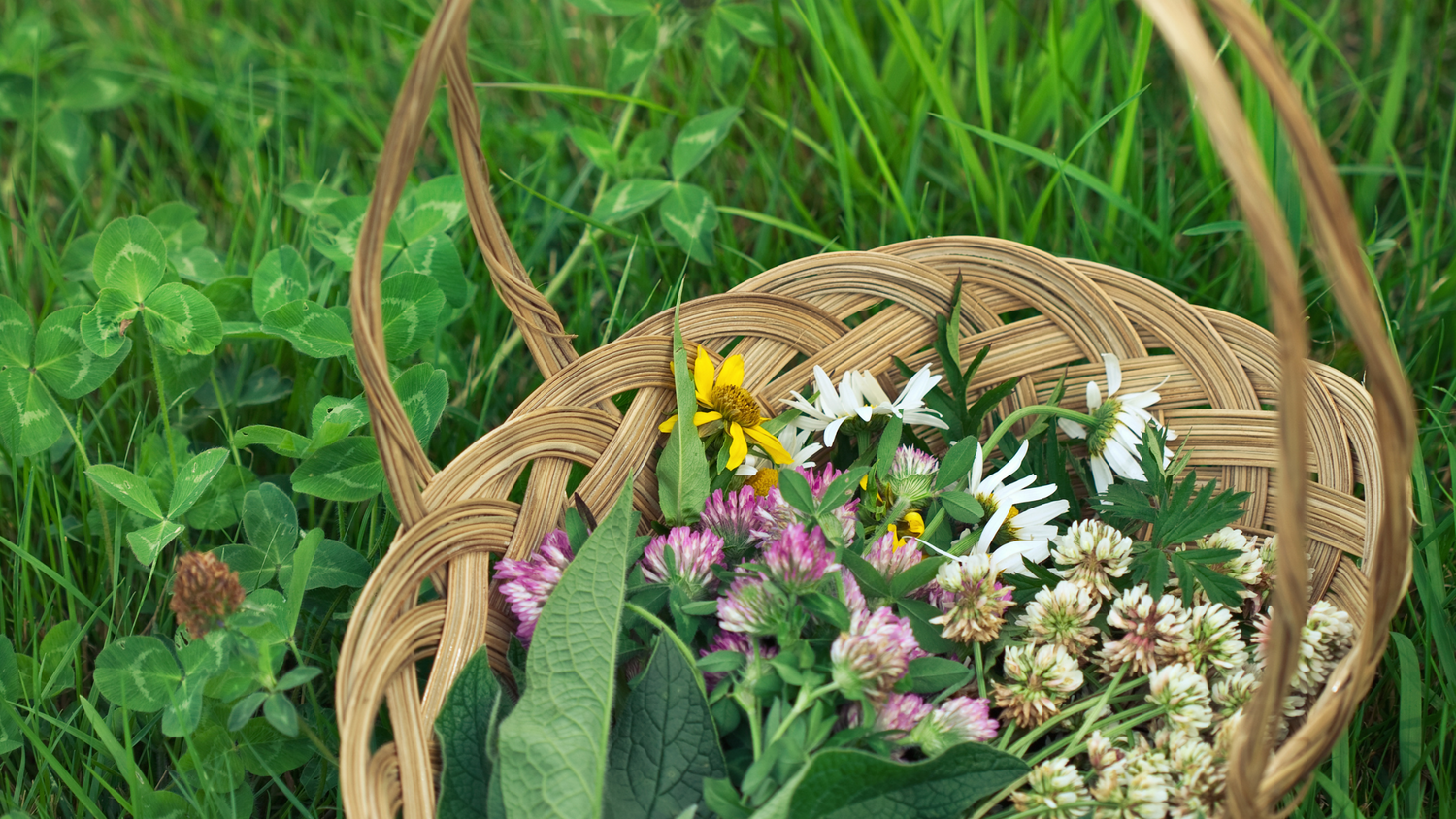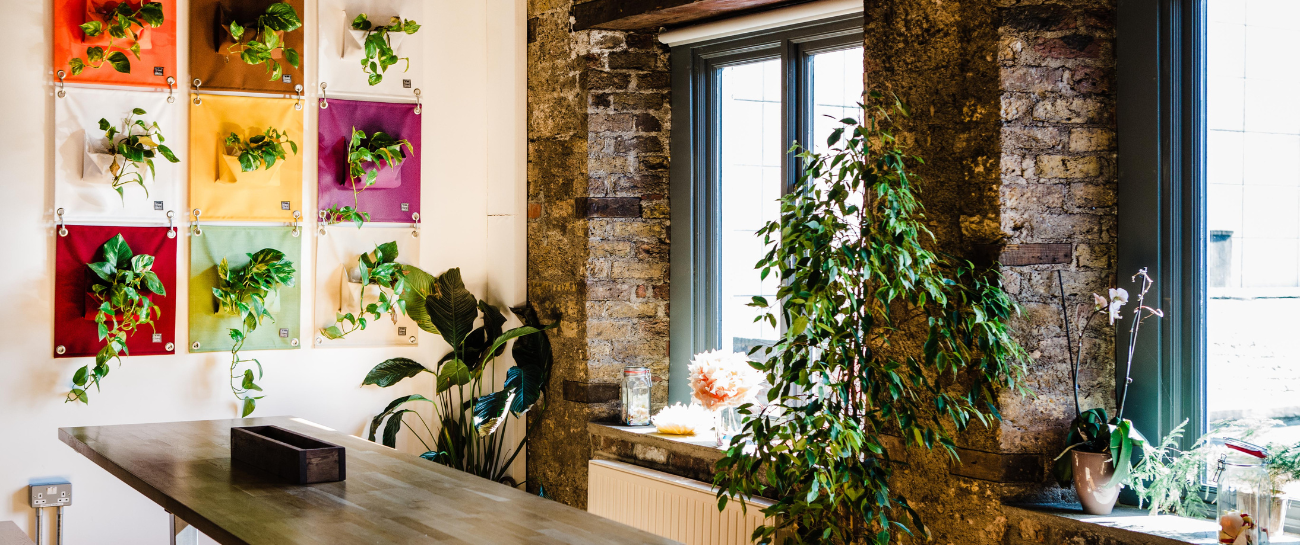Congratulations on adding a Snake Plant to your green family! This guide, crafted by our expert team, will help your Snake Plant flourish for years.
History of the Snake Plant
The Snake Plant, or Sansevieria trifasciata, boasts a rich and storied past. Native to tropical West Africa, particularly Nigeria and the Congo, it has played a vital role in various cultures and traditions.
Cultural Significance: Historically, African tribes revered the Snake Plant not only for its aesthetic appeal but also for its practical uses. The strong, fibrous leaves were ideal for crafting bowstrings, symbolizing strength and resilience. This utilization showcases the plant's integral role in the daily lives and survival skills of these tribes.
Folklore and Symbolism: In African folklore, the Snake Plant was more than a utilitarian object. It was often associated with spiritual protection and was believed to shield homes from evil spirits. This belief, deeply rooted in tradition, underlines the plant's symbolic significance as a guardian.
Name Origins: The common name, "Snake Plant," derives from its distinctive, sword-like leaves that resemble the upright stance of a snake. Another intriguing name, "Mother-in-Law’s Tongue," humorously refers to the sharpness of the leaves, drawing a parallel to the stereotypical sharp-tongued mother-in-law.
Global Spread and Popularity: From its origins in Africa, the Snake Plant has traveled across oceans to become a beloved houseplant worldwide. Its hardiness, low maintenance requirements, and air-purifying qualities have made it a popular choice in homes and offices around the globe.
This rich tapestry of history, cultural significance, and practical benefits makes the Snake Plant a fascinating and valuable addition to any plant collection.

Did You Know?...
Delve into the lesser-known yet captivating stand-out features of the Snake Plant. This remarkable plant is not just an aesthetic addition to your home but also a symbol of environmental health and cultural significance.
Air-Purifying Marvel: The Snake Plant stands out as an environmental champion today. Celebrated for its remarkable air-purifying properties, it was highlighted in NASA's Clean Air Study for its ability to filter out harmful indoor pollutants like formaldehyde and benzene. These toxins, commonly found in household materials and products, can significantly impact indoor air quality. By absorbing these harmful substances and producing clean oxygen, the Snake Plant transcends its role as mere decor to become an essential component for healthier living spaces. Moreover, it has a unique ability to open its leaf stomata at nighttime, which sets it apart from most plants. This means it continuously purifies the air and releases oxygen even as you sleep, making it an exceptional choice for bedrooms.
Symbol of Resilience: In African folklore, the Snake Plant is revered as a protector against evil spirits, a belief likely inspired by its robust and resilient nature. Renowned for its near indestructibility, this plant is a true survivor, effortlessly thriving in less-than-ideal conditions. Whether it's low light, irregular watering, or extreme environmental changes, the Snake Plant's adaptability is unparalleled. This resilience has cemented its place in folklore and made it a popular choice for cultivation worldwide, especially in varied indoor environments where other plants might struggle.
Architectural Elegance: The Snake Plant's striking vertical growth pattern isn't just aesthetically pleasing; it holds significant value in Feng Shui. Its upward-reaching leaves are believed to channel and enhance upward-flowing energy within any space, making it not just a plant but a tool for harmonising the energy of a home or office. This architectural quality, combined with its air-purifying and resilient characteristics, makes the Snake Plant a multifaceted addition to any interior, contributing to its surroundings' physical and energetic well-being.

Addressing Common Issues with Snake Plants
Even the hardy Snake Plant can encounter a few issues. Here's how to identify and resolve common problems, ensuring your plant stays healthy and vibrant.
- Yellow Leaves: This is a classic sign of overwatering, a common issue with Snake Plants. They prefer drier conditions, so letting the soil or compost dry out entirely is crucial before watering again. Also, check that your pot has adequate drainage to prevent water from pooling at the roots, which can lead to root rot. Remember, Snake Plants are more tolerant of under-watering than over-watering.
- Wrinkled Leaves: Wrinkling or curling leaves usually indicate underwatering. While Snake Plants can handle some neglect, they need water to stay healthy. When you notice wrinkled leaves, gently water the plant for a few days. This gradual approach allows the plant to rehydrate without becoming overwhelmed, helping it to recover smoothly.
- Pests: Mealybugs can be a nuisance for Snake Plants, appearing as white, cottony masses on the leaves. These pests sap the plant's strength and can lead to further health issues. To tackle mealybugs, use a clean cloth or cotton bud dipped in insecticide or a mixture of water and isopropyl alcohol. Gently wipe the affected areas, being thorough but careful not to damage the leaves. Regularly inspecting your plant and maintaining clean surroundings can help prevent future infestations.
Incorporating these care tips into your routine will help keep your Snake Plant thriving and minimise the risk of common problems. Remember, consistent care and attention are key to maintaining the health and beauty of your plant.

Pat’s Top Tips for Snake Plants
Caring for your Snake Plant is straightforward, but a few expert tips can help ensure it thrives in your home. Here’s what our plant expert Pat Keville recommends:
☀️ Lighting: The Snake Plant is adaptable and prefers indirect sunlight, thriving best in bright, filtered light. It can also adjust to lower light conditions, making it suitable for various indoor environments. However, it's important to avoid prolonged exposure to direct sunlight, which can scorch its leaves. Consider rotating the plant periodically to ensure even light exposure.
💧 Watering: This plant is more drought-tolerant than water-loving. Water it only when the soil has completely dried out. Overwatering is a common mistake and can lead to root rot. During winter, reduce watering frequency as the plant enters a dormant phase.
🌱Soil: Choose a fast-draining soil mix, ideally formulated for cacti or succulents. Mix in additional sand or perlite to improve drainage and prevent water-logging. This ensures the roots stay healthy and aerated.
🌡️ Temperature: Snake Plants are pretty hardy and thrive in temperatures ranging from 10°C to 30°C. They can adapt to most indoor temperatures but are sensitive to sudden temperature changes. Avoid placing them near drafty windows or heating/cooling vents.
🥵 Humidity: While it can tolerate various humidity levels, the Snake Plant prefers moderate conditions. Excessively damp environments can promote mold or root rot. An occasional misting can be beneficial in very dry climates but isn’t usually necessary.
🍴 Feeding: During its growing season (spring and summer), fertilize your Snake Plant every 6-8 weeks with a general-purpose houseplant fertiliser. This provides essential nutrients and enhances growth. In the dormant winter months, you can skip fertilising.
✂️Propagation: Propagation is easy with the Snake Plant. You can propagate through leaf cuttings or division. To propagate, cut a healthy leaf and plant the cuttings in soil or divide the plant at the root during repotting.
🐛Pests: While generally pest-resistant, the Snake Plant can occasionally encounter issues with mealybugs and spider mites. Regular inspection and cleaning of the leaves can prevent infestations. Treat pests promptly with a mild insecticidal soap or neem oil if pests are spotted.
Incorporating these care tips into your routine will help your Snake Plant survive and flourish, becoming a long-lasting, attractive feature in your space.

Enhancing Your Space with the Snake Plant
The Snake Plant is a robust, adaptable houseplant and stylish addition to any room. Its versatility allows it to thrive in various environments, making it an excellent choice for creative home decoration. Here are some suggestions for integrating this elegant, air-purifying plant into your living space:
- Bathroom Oasis: The Snake Plant is known for its tolerance to humidity, making it a perfect choice for bathrooms. Its ability to thrive in lower light conditions complements typically dimmer bathroom settings. Place it on a windowsill or next to a frosted window to create a spa-like, tranquil atmosphere.
- Living Room Statement: A Snake Plant can be a striking natural sculpture in living areas. Position it in a corner to add a touch of greenery, or use a tall variety as a focal point beside your sofa. Its vertical growth pattern adds height and interest to any living space.
- Bedroom Air Purifier: Since the Snake Plant releases oxygen at night, it's an ideal bedroom companion. Place it on a nightstand or near your headboard for improved air quality while you sleep, enhancing the room's ambiance and your sleep quality.
- Office Greenery: Enhance your workspace by placing a Snake Plant on your desk or in a corner of your office. Its air-purifying properties can improve the air quality in your work area, potentially boosting concentration and reducing stress.
- Creative Groupings: Experiment by grouping Snake Plants with other houseplants of varying heights and leaf textures. This creates an eye-catching indoor garden that adds life to any room.
- Hallway Accent: Use a Snake Plant as an elegant accent in hallways or entryways. Its upright growth and sleek leaves can make a welcoming statement to guests and brighten up often-overlooked spaces.
- Balcony or Patio: If you have an outdoor space like a balcony or patio, a Snake Plant can also add a touch of greenery. Just make sure to protect it from extreme weather conditions and direct sunlight.
Remember, the Snake Plant's resilience and low maintenance suit gardening novices and enthusiasts. Get creative and let this air-purifying architectural beauty enhance your home's ambiance and air quality.
Have a question about your new Snake Plant? Or wondering if it's the right plant for you? Our team are here to help! Get in touch today at team@plantstore.ie





